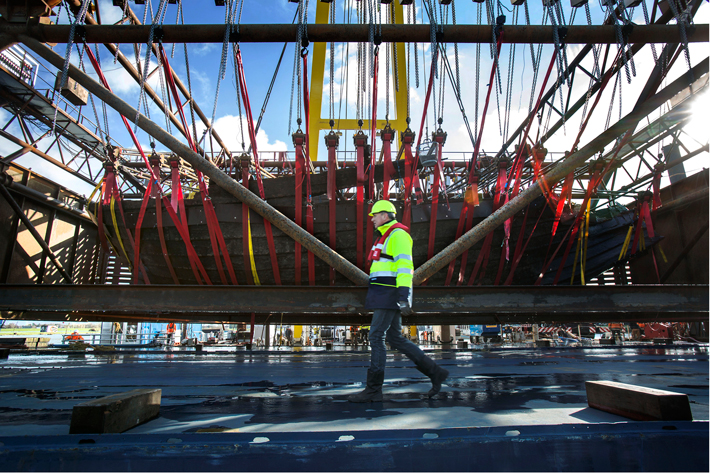Medieval River Engineering
May/June 2016
 After years of careful planning, archaeologists have raised a well-preserved late medieval ship from the bottom of the IJssel River in the Netherlands. The ship was discovered in a 2012 survey associated with a river-widening project. Archaeologists believe that the ship, an oceangoing trading vessel known as a cog, was intentionally sunk around 600 years ago to help increase water flow on the river. “Today, river works are planned to control the river’s flow,” says Wouter Waldus, the project’s lead maritime archaeologist, “but in the fifteenth century, the problem was too little water flowing.”
After years of careful planning, archaeologists have raised a well-preserved late medieval ship from the bottom of the IJssel River in the Netherlands. The ship was discovered in a 2012 survey associated with a river-widening project. Archaeologists believe that the ship, an oceangoing trading vessel known as a cog, was intentionally sunk around 600 years ago to help increase water flow on the river. “Today, river works are planned to control the river’s flow,” says Wouter Waldus, the project’s lead maritime archaeologist, “but in the fifteenth century, the problem was too little water flowing.”
The 66-foot-long cog rested perpendicular to the river’s flow, along with a barge and a riverboat. Waldus believes engineers of the time would have sunk the boats to block one arm of the river, increasing flow to its other arms. Today, the river’s swift current and heavy boat traffic made raising the boat complicated. The team built a wall to dull the current, used screws to reinforce the ship’s fastening, and constructed an iron cage to protect the ship as it was lifted.